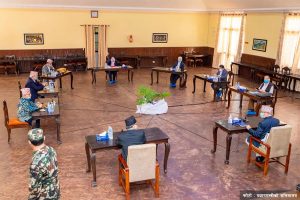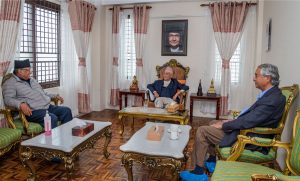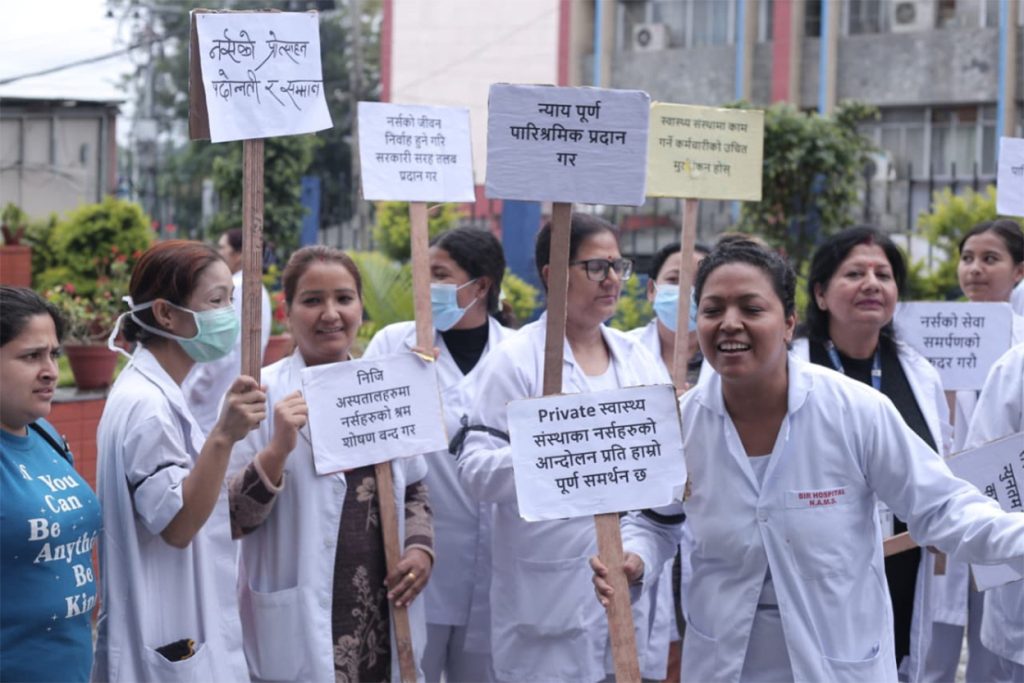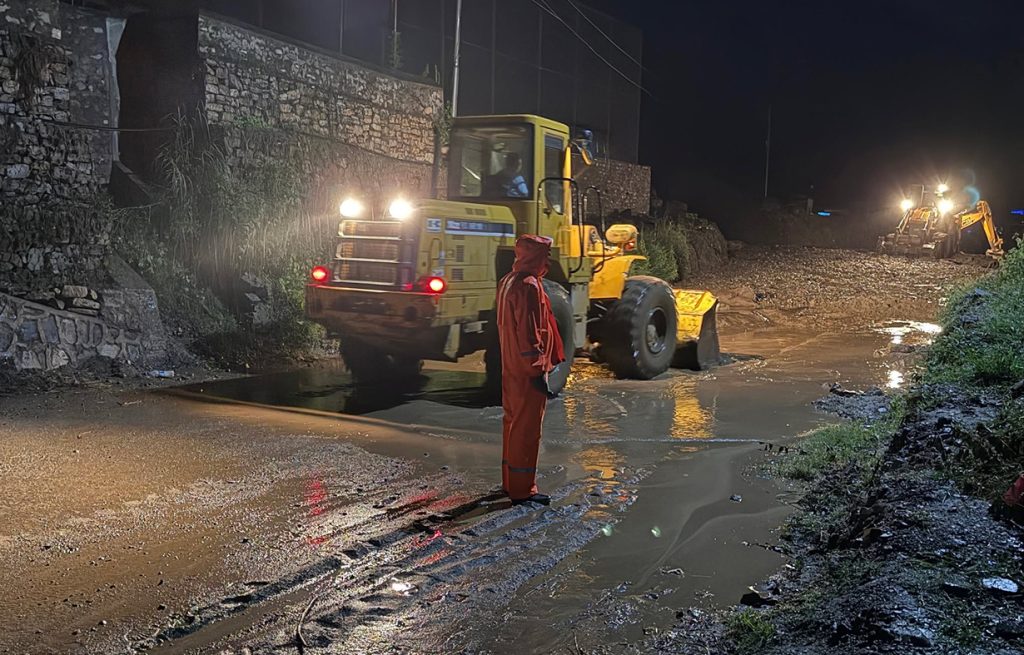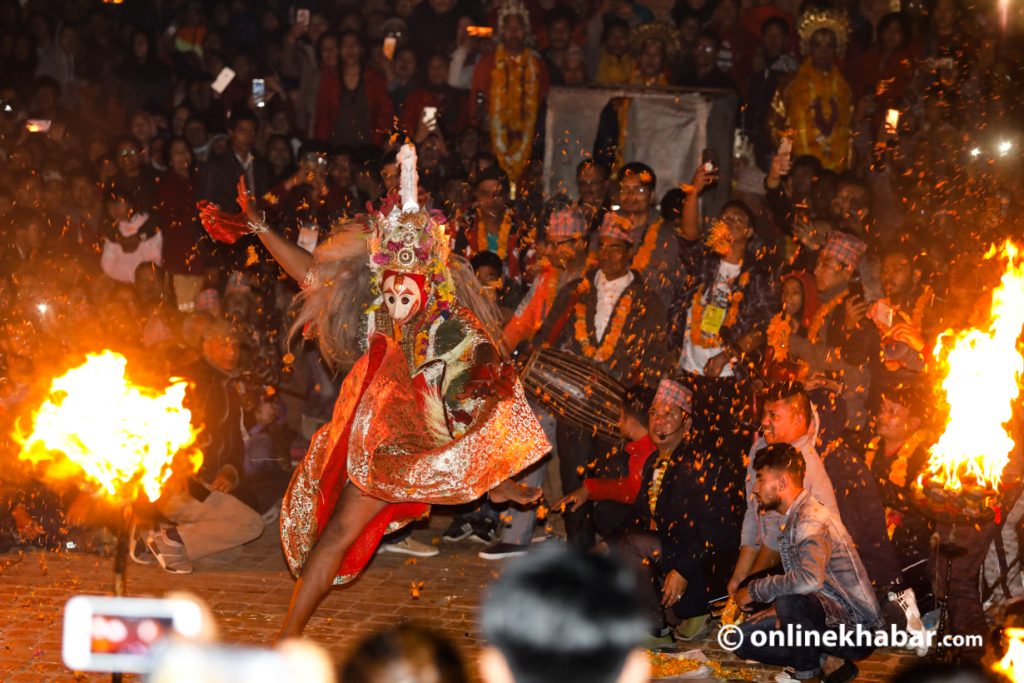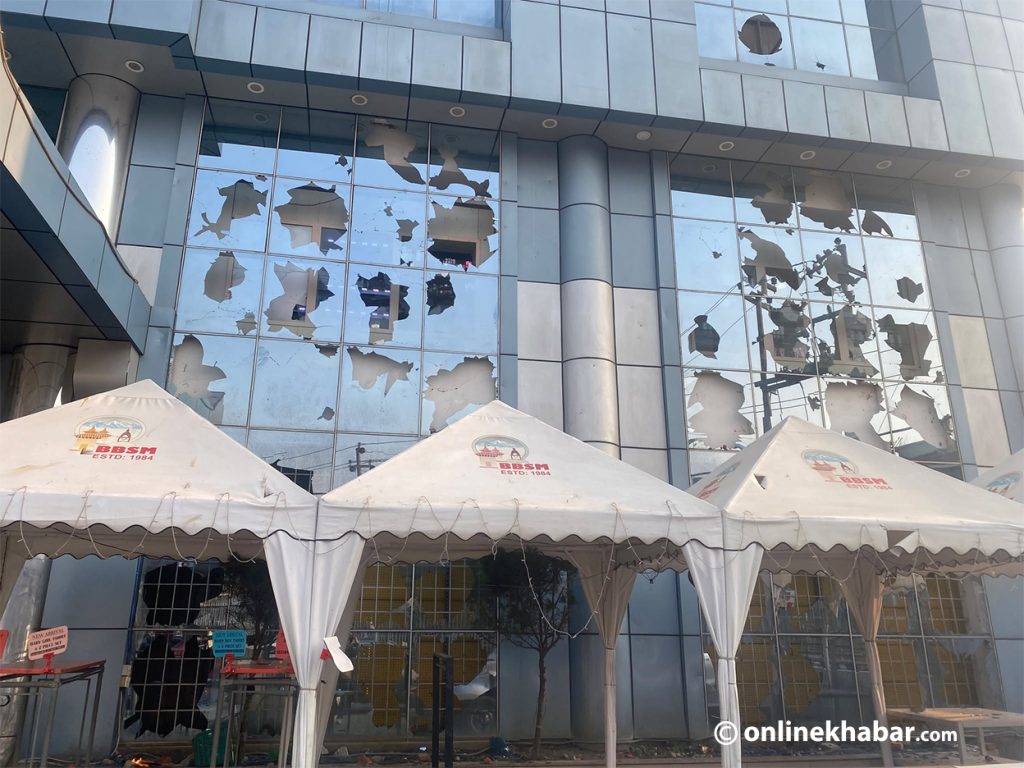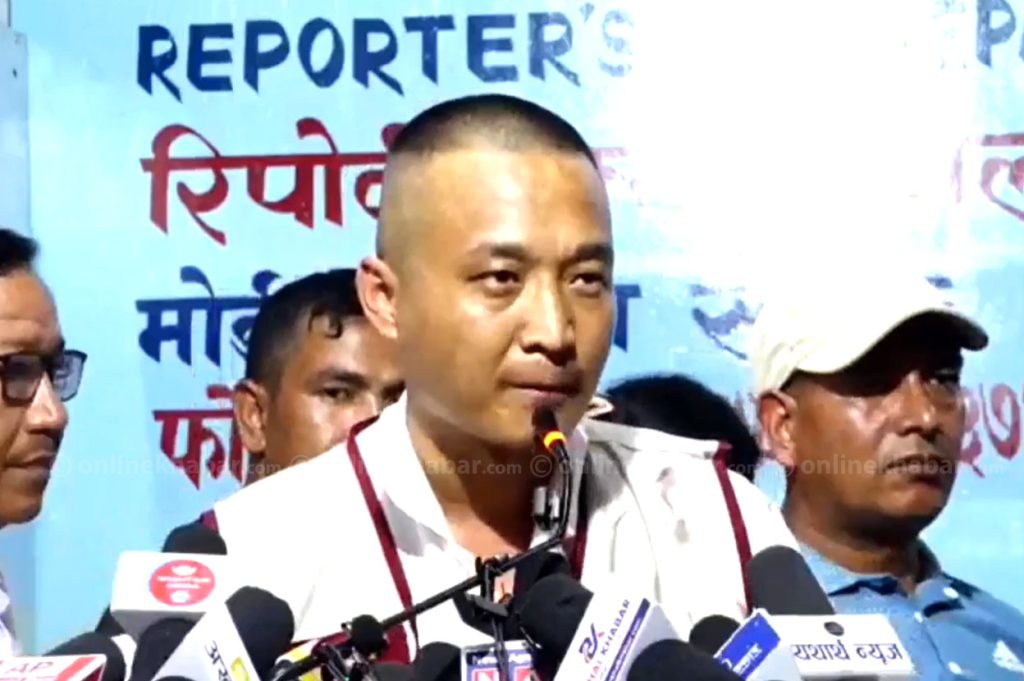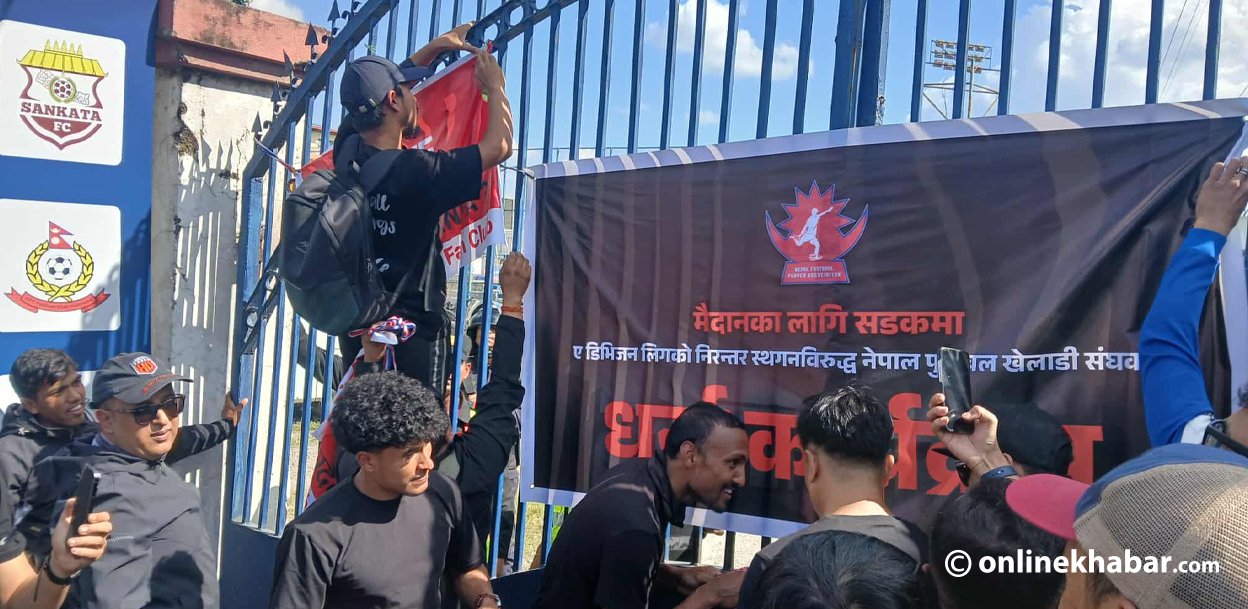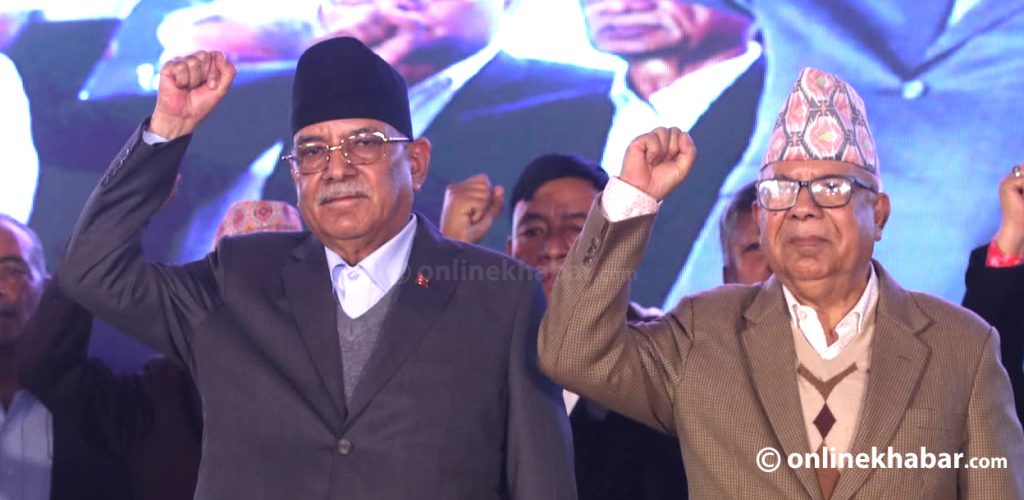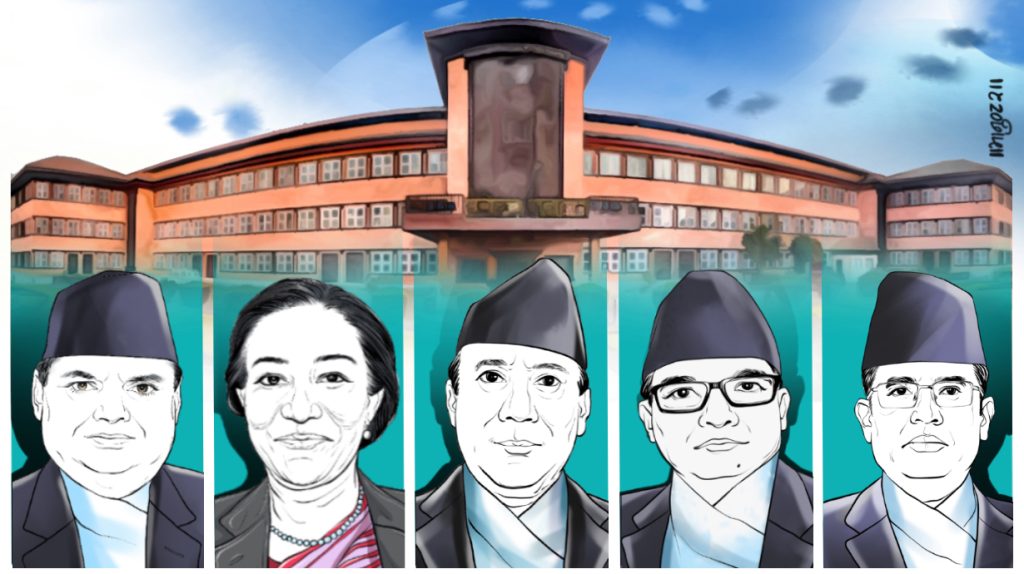
Kathmandu, July 3
Nearly 50 days after completing a four-month-long hearing, the Constitutional Bench of the Supreme Court delivered a landmark verdict around midnight on Wednesday, upholding 52 controversial constitutional appointments.
The majority decision came with a 3–2 split among the five justices on the bench. Chief Justice Bishowambhar Prasad Shrestha, along with Justices Manoj Kumar Sharma and Kumar Chudal, endorsed the appointments as constitutional. However, Chief Justice Prakash Man Singh Raut and Justice Dr. Nahakul Subedi dissented, arguing that the initial recommendation of 32 appointees was unlawful.
Justice Sapana Pradhan Malla, taking a unique stance, said the issue had dragged on for nearly four years and should now be resolved by sending the appointees to a parliamentary hearing rather than invalidating their appointments altogether. Her view aligned with Sharma and Chudal, thus forming the majority opinion.
The midnight verdict addressed five key constitutional questions, offering diverse judicial perspectives. Here’s a breakdown of those issues:
1. Can the President issue ordinances?
The petitioners had argued that the ordinances issued by then Prime Minister KP Sharma Oli’s government were unconstitutional and all resulting actions—including the appointments—should be annulled.
Justices Sharma and Chudal affirmed the President’s authority to issue ordinances, citing two conditions in the Constitution: when Parliament is not in session and when there is urgency. They ruled that these conditions were met and that once an ordinance is certified by the President, it becomes effective immediately.
However, the ruling does not explicitly state whether other justices agreed or disagreed with this interpretation. Justice Malla remained silent on this issue.
2. Was house speaker Agni Sapkota informed about the evening meeting?
This issue centers on a Constitutional Council meeting held on December 15, 2020, at the height of political turmoil within the then-ruling Nepal Communist Party.
Speaker Sapkota claimed he was unaware of the evening meeting, during which key appointments were recommended. Justices Sharma and Chudal disagreed, saying Sapkota had attended the morning session and should have known about the evening one. They concluded that silence in the face of rights violations implies consent.
Chief Justice Raut and Justice Subedi, however, argued that the morning meeting itself lacked legality, and thus the evening session couldn’t gain validity by extension. They also noted no evidence was presented to prove Sapkota was formally notified of the evening session.
3. Can the court review ordinances that have been repealed?
Oli’s supporters contended that the court cannot test the constitutionality of laws that are no longer in effect.
Justices Sharma and Chudal agreed, referencing legal precedents that invalidating repealed ordinances is unnecessary. They ruled that constitutional review applies only to active legislation. Justice Malla was silent on this matter, and it is unclear whether Raut and Subedi concurred.
4. Parliamentary hearing as a way out of legal uncertainty
Justice Sapana Pradhan Malla advocated for a balanced solution. She argued that after four years of legal limbo, the judiciary must avoid pushing the state further into uncertainty. She proposed that the 52 appointees undergo parliamentary hearings within 45 days and, if approved, be allowed to serve with continuity from their initial appointment dates.
Although she was in the minority on the issue of issuing a mandamus, her view that the appointments should not be annulled aligned with the majority opinion of Sharma and Chudal—thus making it the binding verdict.
5. Speaker Sapkota’s silence in second round of appointments
In addition to ruling on the controversial first batch of 32 appointments, the court also examined a second set of 20 appointees recommended in May 2021.
Chief Justice Raut and Justice Subedi noted that while Speaker Sapkota had objected to the first round, he did not challenge the second round of recommendations—even though he was absent. They concluded that his silence effectively validated the process.
The Supreme Court’s Constitutional Bench has effectively upheld the appointments of 52 constitutional officials through a majority verdict. While sharp divisions remain among the justices over legal interpretations, the ruling has now paved the way for these appointments to be deemed valid—unless otherwise overturned by parliamentary procedures.






